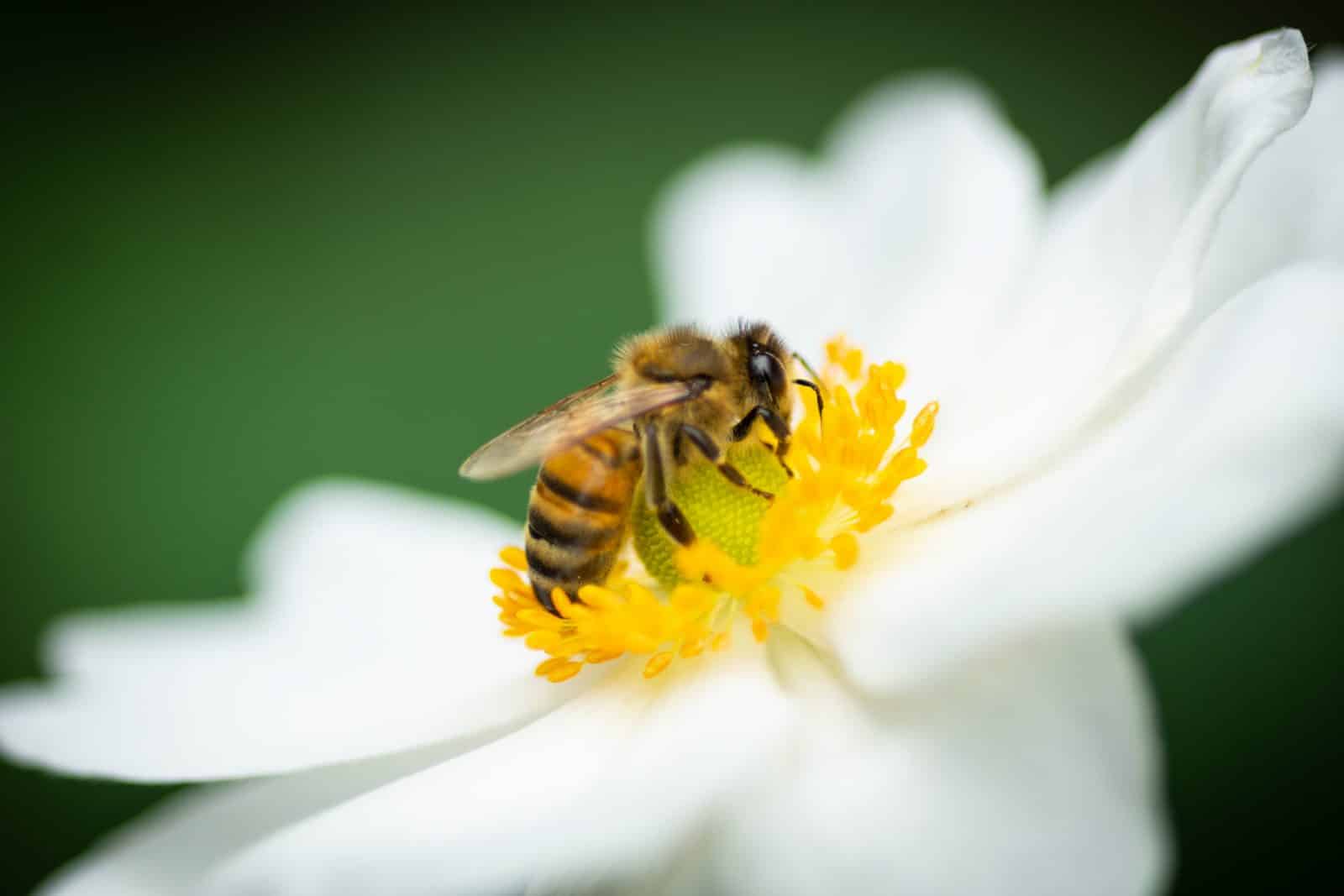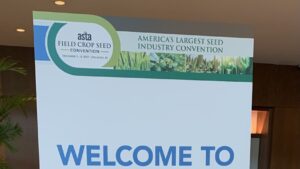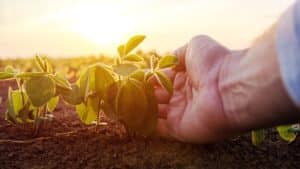Neonicotinoids and the crop protection industry have been under scrutiny, with the threat of losing an important tool in farmers’ integrated pest management toolbox.
Neonicotinoids play an important role in protecting crops, while farmers, applicators and other industry professionals play an equally important role in protecting neonicotinoids.
“These tools are very important to growers, and they benefit the environment in many ways, but they get a bad rap. We need to ensure we do everything we can to protect them and the environment,” says Patrick McCain, U.S. regulatory portfolio lead for Syngenta Seedcare and Lawn & Garden.
A world without neonicotinoids, particularly seed treatments, would look very different. Lower yields, higher costs and more foliar insecticide applications are just the start of consequences the industry wants to avoid.
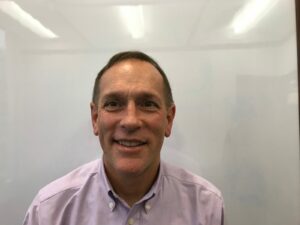
John Abbott, North American regulatory portfolio lead for Syngenta, says there is a myth that seed companies and pesticide manufacturers don’t care about bees or being good stewards of the environment, but in fact, they care about it more deeply than anyone understands.
“Some people believe neonics can’t coexist with bees, but hopefully we’ve been able to demonstrate our commitment to pollinators and the stewardship efforts we are taking to ensure our products can be used safely,” Abbott says.
Inspiring Efforts
Abbott is grateful that new collaborations have helped raise awareness and funding for research during the past several years.
Efforts such as Syngenta’s Seedcare Institute, Operation Pollinator and The Guide to Seed Treatment Stewardship, which McCain helped develop, all aid awareness for neonicotinoid stewardship efforts. Countless studies have been done as well, vastly improving what we know about pollinators, and specifically the many challenges honeybees face.
Many farmers have stepped up their environmental stewardship efforts as well.
Wayne Fredericks, director of the American Soybean Association, has been farming in northern Iowa for 45 years and has committed to many significant environmentally-focused efforts in his operation. For example, he has seven pollinator habitats on his land, uses cover crops on 100 percent of his fields in a corn and soybean rotation and uses a strip-till method which allows him to plant crops directly into the cover crop without tilling the soil, all of which make a significant stewardship impact.
To do this and still produce the yields needed, Fredericks cites neonicotinoid treated seed as an important part.
“They bring the protection and value to our operation to be able to do these other things we have committed to. Because our operation practices tend to favor more insects and pathogens that can harm a young crop, using treated seed allows us to plant fewer seeds and still count on each one to grow into a viable plant that will produce well,” Fredericks says.
He especially appreciates that the treated seed targets pests under the ground, reducing the risk to wildlife.
“I have seen bald eagles and wildlife in recent years that we never saw here before, and that is a change that has occurred because we have these better tools, like the neonicotinoids, that are safer,” Fredericks says.
Read First, Really
The one thing that everyone agrees is the most important step toward neonicotinoid stewardship is to follow the labels.
“First and foremost, you have to always follow that label,” Fredericks says.
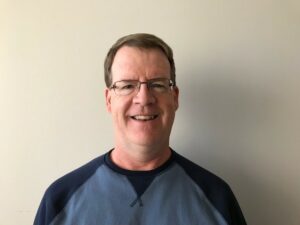
“That’s where the EPA and companies like Syngenta put specific instructions for handling, storing and considerations for use,” McCain says.
It’s tempting for farmers, applicators and others who handle products regularly to think they are familiar enough with a product to skip reading the label, but research is constantly underway and labels will reflect the most current best practices and safety guidelines.
Decide Before You Buy
Abbott says stewardship begins before insecticides are even purchased.
“We have developed management practices and that starts with scouting before choosing any products,” he says.
It’s not about simply following the same formula every year because that’s the way it’s always been done.
This is especially true if using treated seed, which can give crops such a targeted protection that they may not need a foliar insecticide application later on in the growing season.
Fredericks says it’s important to work closely with your seed dealer every year to stay updated on new and improved formulas and practices.
“This industry does not stand still. They are constantly improving formulas and better processes to treat the seed,” he says.
Application Considerations
Thinking about how a product works and any possible interactions is a critical step toward stewardship at the farm level.
“Is there a body of water nearby, or any habitat areas? Are there hives that could be impacted? These are questions that are important and part of those best management practices we encourage everyone to follow,” Abbott says.
Staying up-to-date on new equipment and additional resources and tools can also promote good stewardship during the planting season. The majority of neonicotinoids that are used today are applied as seed treatments, which means that farmers, applicators and dealers all need to continue to focus on best management practices for handling treated seed.
And, timing is important.
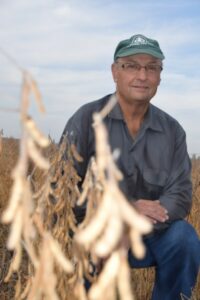
“In our situation, many times we can be planting early in the season because we have that protected, treated seed. That means our timing is such that there aren’t a lot of flowers and not a lot of chances for pollinator interaction at all. It’s important to think through those steps and be mindful to make those choices when you can,” Fredericks says.
Communication is key, too.
“Improving communication will help improve neonicotinoid stewardship, but it’s also about building better relationships with each other, really listening to the problems each group is dealing with, and having an open mind and willingness to do the right things,” Abbott says.
Research and Improvements
One of the most important aspects of stewardship is the safety of the products. Syngenta’s Seedcare Institute does extensive research and testing to determine the safest and best way to handle these products, reduce potential exposure to animals and pollinators and ensure extremely low dust-off levels.
“There is a great deal of science that goes into these products, and we continue to improve them, specifically in regard to dust off,” Abbott says.
Still, the future of neonicotinoids continues to dominate headlines with efforts to completely ban these tools.
Thiamethoxam, one of the most widely used neonicotinoids, is often depicted as one of the “bad guys”. However, McCain believes that if neonicotinoids are banned, farmers will simply return to older, potentially more toxic methods, which could make things worse for pollinators.
“Research has shown seed treatments are one of the safest options we have,” he says. “We need to do our part to make sure we can continue to use them.”


